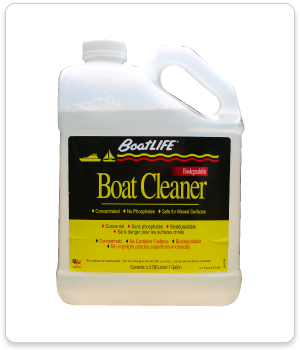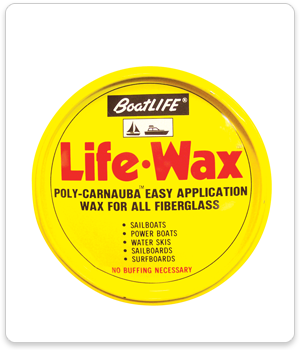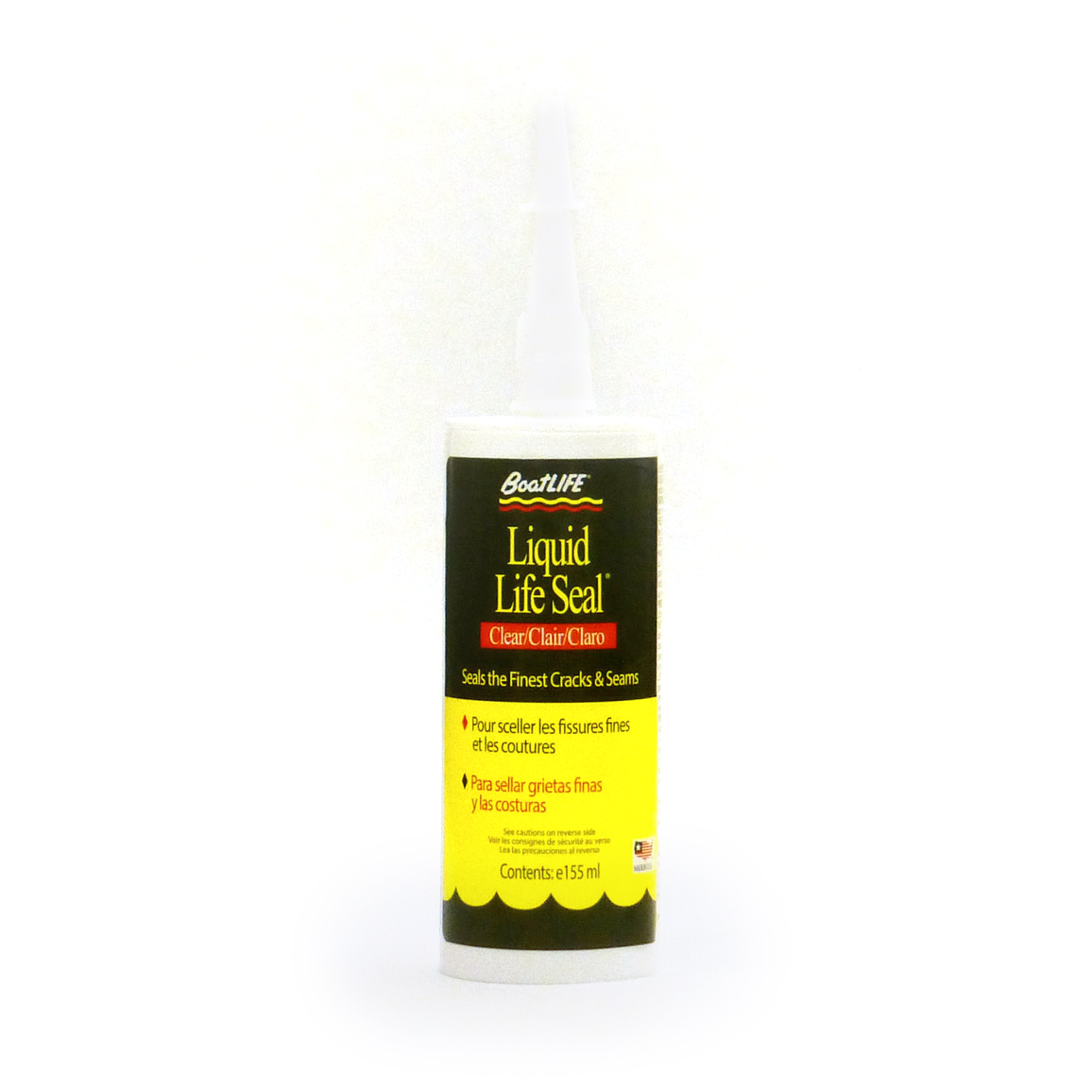
If they actually sold elbow grease at boating and hardware
stores, you wouldn’t need posts like this. But when it comes to buffing a boat
gel coat, there’s no reason that you have to accept a fate of hard work and
manual labor. There are better ways to buff your boat, especially if you commit
to the right equipment, products, and just a dollop of know-how. Here’s what
you’ll need.
Understanding The Gel
Coat
Let’s start with the basic knowledge. Your boat’s gel coat
is the outermost layer of the fiberglass, a thin layer of resin that helps
protect the hull and promote a strong shine. As with anything this important
and fragile, the gel coat is susceptible to many things—sun damage, erosion
over time, etc. That’s why properly cleaning and buffing your gel coat is
essential if you want to ensure that your boat’s hull remains healthy.

The Steps For A
Proper Buff
How do you get started? Here are a few steps that most boat
owners will agree upon:
- Cleaning.
Use boat detergent like Boat
Cleaner along with a heavy dose of water to clean out debris and the
general buildup of gunk that inevitably occurs over time. Many boat owners
recommend rubber gloves and a sponge, but don’t use just any sponge from the
house—a large sponge on a stick will make quick work of the hull and prep it
for the next steps. - Degreasing.
Removing debris isn’t enough—you should emulsify grease and scum from the
surface to truly prepare the gel coat. - Waxing
and polishing. Protecting the gel coat with a proper coat of wax is the
best way to ensure that your hull remains healthy. We recommend pairing LifeWax with PolyShine for a coat that
can last years, reducing your need to continually revisit the hull beyond your
basic maintenance. Also, note that a badly worn gel coat might require a rubbing
compound to clean it.

Sounds simple enough, right? But the next question comes
down to application. How are you going to handle the buffing job itself?
Buff By Hand Or
Electric?
Whether you’re using a rubbing compound or buffing in a wax,
let’s face it: there’s a lot of real estate to cover. That means you’re going
to have to decide between the delicate touch that comes with buffing the gel
coat by hand—or possibly using an electric buffer.
Which one is better for you? There’s no way to answer that
without knowing more details about your boat. If you have a small boat, buffing
it out by hand can be less costly. But even medium-sized boats can be a chore
to buff by hand.
Depending on how much time you like spending on your
boat—and how much you enjoy the manual labor itself—you may simply want to opt
for an electric buffer for a consistent coat that comes with less work. And to
make the entire process easier, don’t forget to browse our gel coat-friendly products here at
BoatLIFE.



